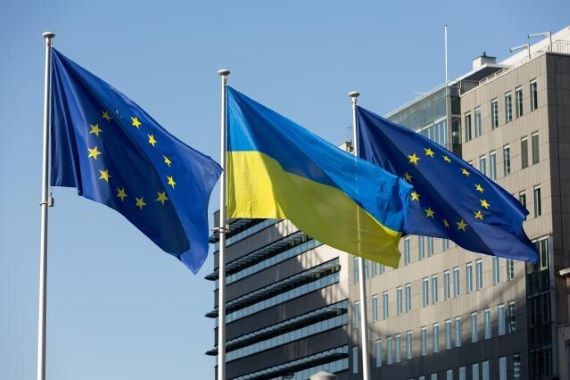The European Union is working to create a mechanism to utilise Russian frozen assets as the backbone for loans to Ukraine, thereby helping the country during and after the war without relying on the support of pro-Moscow Hungary.
According to this plan, Ukraine will repay the loan once it receives war reparations from Russia. The loan will be backed by cash balances associated with Russian central bank assets frozen after Moscow invaded Ukraine in 2022. Currently, there are around 210 billion euros of frozen Russian assets, most of which have matured. Belgian securities repository Euroclear is holding on to those in deposit.
The proposed measure will steer clear of actually using frozen assets, something many member states are wary of. The mechanism also revolves around not needing an absolute majority for approval, so that Hungary can’t block the aid. European Commission President Ursula von der Leyen talked about this possible plan to US President Donald Trump during their last meeting.
The Commission will replace the Russian assets with zero-coupon bonds issued either by the EU as a whole or by interested countries. However, a possible hurdle could be after the war and sanctions are lifted, when Russia could call on the individual country’s issuance. The EU is thinking about creating a special purpose vehicle for the replaced assets.
To avoid Hungary halting the plan, the new measure will most likely be propped up by a coalition of willing countries rather than by official EU action, bypassing Hungary if they don’t want to participate. Viktor Orbán is considered the EU’s closest Russian ally and, over the years, has used his veto power to slow down the EU’s policies against Russia and in favour of Ukraine.

